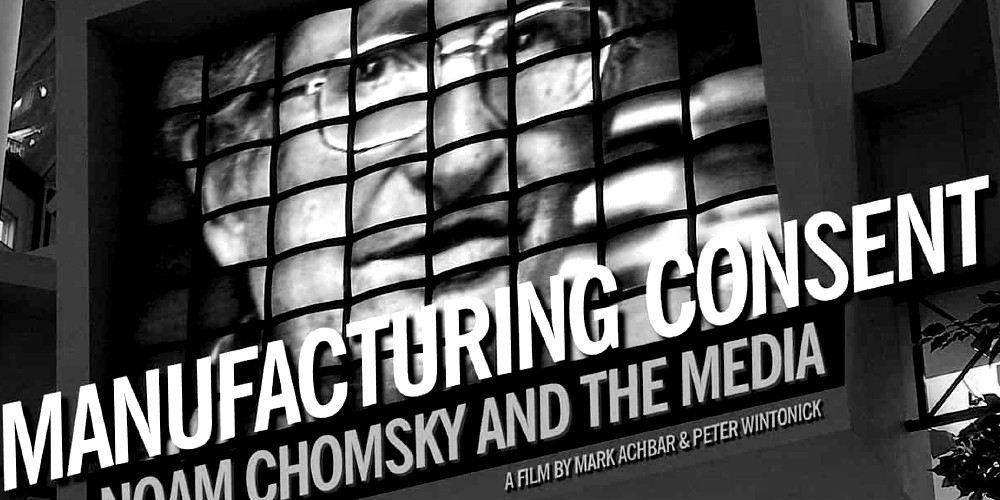BY SAEED NAQVI
In his avatar as Chairman of the Press Council, Justice Markandey Katju has raised a storm by describing the Indian media the way it is. Had he been around during UPA-1, he would have received support from the Prime Minister who had set up a committee to chalk out a blue print for a Public Service Media.
While Indian newspapers have a history of over 150 years and therefore a built in mechanism for atleast minimal self correction, the electronic media came riding on Dr. Manmohan Singh’s economic reform in 1992.
The arrival of the Indian electronic media coincided more of less with the launching of the Global media by the West when Peter Arnett of the CNN reported operation Desert Storm from the terrace of the Al Rashid hotel in Baghdad. For the first time in our lives, we watched a war, live, in our drawing rooms.
The outcome, its live coverage, registered as triumph with the West, but as Muslim humiliation with the entire Muslim world. A humiliated, demoralized Muslim world became fertile ground breeding anger and revenge, raw material for militancy and terrorism. The Indian media had from the very beginning developed a poor-cousin relationship with global media: we shall cover national affairs and take footage from you on world affairs which we shall cover rarely. You shape the world; we shape the country.
When terrorism spiraled out of control on 9/11, the war on terror had to be launched. Taliban, who accorded hospitality to Osama bin Laden, were hammered out of power with logistical help from Pakistan. In the process of being hammered, some Taliban and al Qaida found sanctuary among cousins in Pakistan where many of them had, in any case, been trained by the ISI to fight the Soviets.
And now as NATO, the US and the Pakistan army exert themselves to eliminate militants they also kill innocent civilians. Every elimination results in a dozen militant recruitment centers opening up. The result is that moderate civil society in Pakistan is on the backfoot. The Army cannot show its preference either way for fear of agitation in its own ranks. The country is teetering on the brink, a scary scenario for the region.
Having established this background, let us revert to Markandey Katju’s critique of the Indian media.
“The media often divides the people” says Katju. “Whenever a bomb blast takes place anywhere in India, within a few hours, TV channels start saying an email or SMS has been received from Indian Mujahideen or Jaish-e-Mohammad or Harkat-ul-Jihad-e-Islam claiming responsibility. The name will always be a Muslim name. Now an email and SMS can always be sent by a mischievous person who wants communal hatred. Why should they be shown on TV screens and next day in print? The subtle message being sent by showing this is that all Muslims are terrorists or bomb throwers.”
In its attitude to “terrorism”, the Indian media is in large measure imitative of the West. At the outset it did not even see the lack of logic in the way battlelines on the subcontinent were drawn by the West in its war on terror.
Since the Soviet withdrawal from Afghanistan in 1989, the spare, high voltage Islam manufactured in Afghanistan struck in Kashmir. Some of the Afghan Arabs are now looking for work in Benghazi too. Cross border terrorism from Pakistan plagued India for decades. But after 9/11 the US enlisted the very same Pakistan as its frontline state in the global war on terror. US ambassador Robert Blackwill explained to Indians: “cross border terrorism was part of an old regional conflict; it was global terrorism that Pakistan had joined the US to fight.” Only after the December 13 attack on Parliament did New Delhi acquire equal status in the global war on terror.
Ofcourse, Katju is spot on as far as the media’s coverage of Muslim terror is concerned. He is equally right on the market driven focus on F1, Lady Gaga, Metallica group, Bollywood gossip, fashion and other razzmatazz in a country where the majority are poor. And, of course, a disproportionate 24X7 on Anna Hazare for ten days without a break.
Something else that needs to be brought into focus is the understanding between the Indian and global media on the coverage of foreign affairs. Is there an understanding indeed an agreement, that Indian channels will focus only on national and local issues and that foreign affairs will be covered by BBC, CNN, Reuters, AP etc? The prime minister, like Rajiv Gandhi and Atal Behari Vajpayee before him, is all too aware that India will never be at the global high table unless it has its own eyes and ears cover world affairs.
Is it not a shame that there is no Indian bureau in the SAARC countries, none in the countries where the so called Spring is breaking out? The mind of our decision makers on Libya for instance, is shaped by journalism which is from the countries raining bombs on Libya. Our journalism would have provided balance in such a polarized situation. During UPA-1, several meetings were held in the Ministry of Information and Broadcasting to devise a Public Service Media insulated from the government and the market by a high powered Board of Trustees. At one such meeting an official asked a question which will remain etched on my mind as a stunner. “Supposing such a channel has a bureau in a country where there is deep American interest, will the bureau slant the story or cover it honestly?”
Justice Katju, ask for a copy of the report, that is if a report was ever prepared. I can vouch that meetings were held and I attended them.
(Saeed Naqvi is senior Indian journalist, television commentator, interviewer, and a Distinguished Fellow at Observer Research Foundation. Mr. Naqvi is also a mentor and a guest blogger with Canary Trap)
